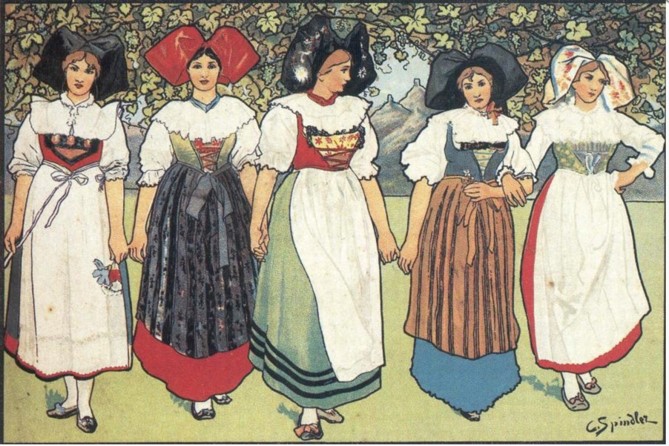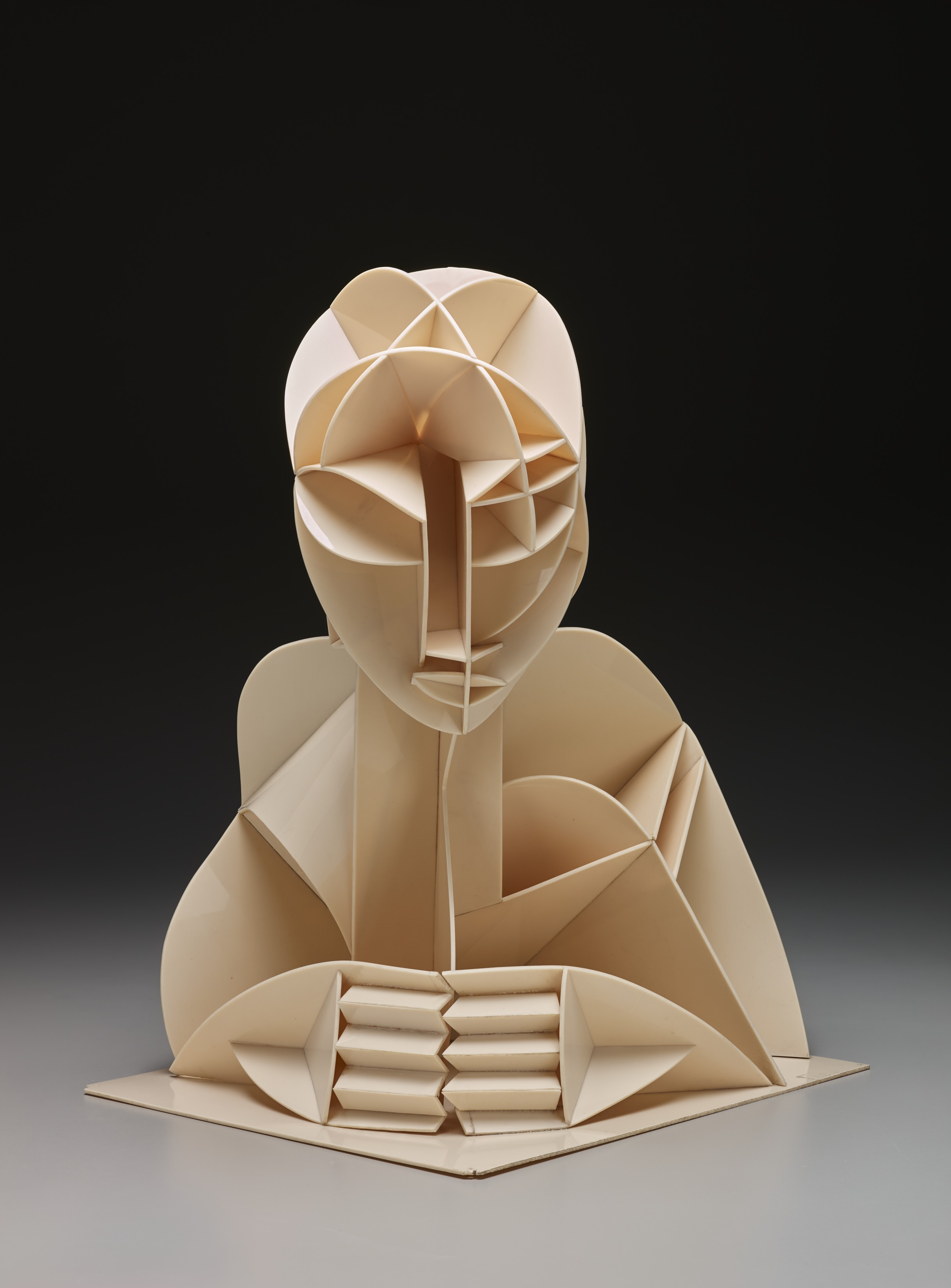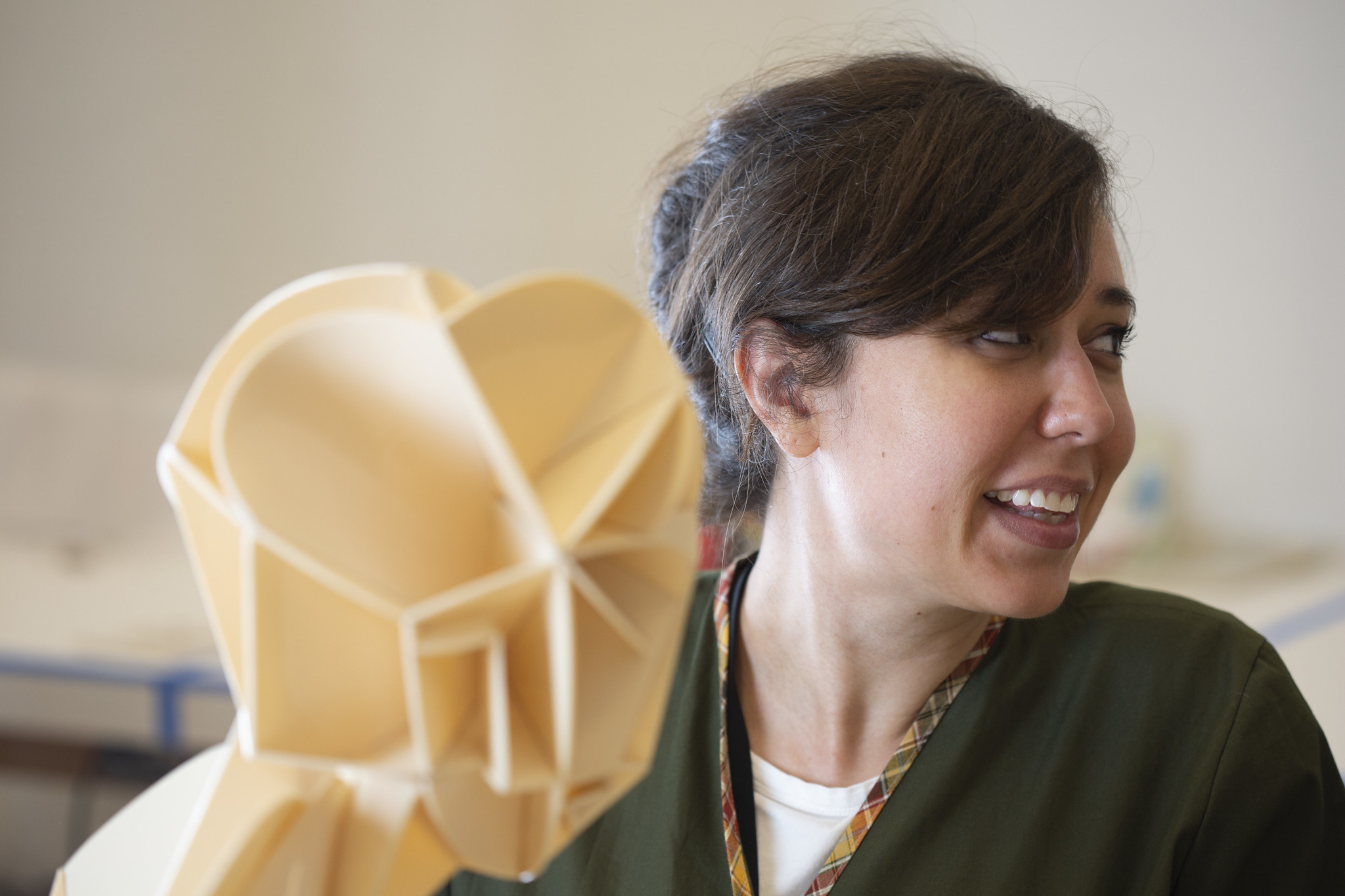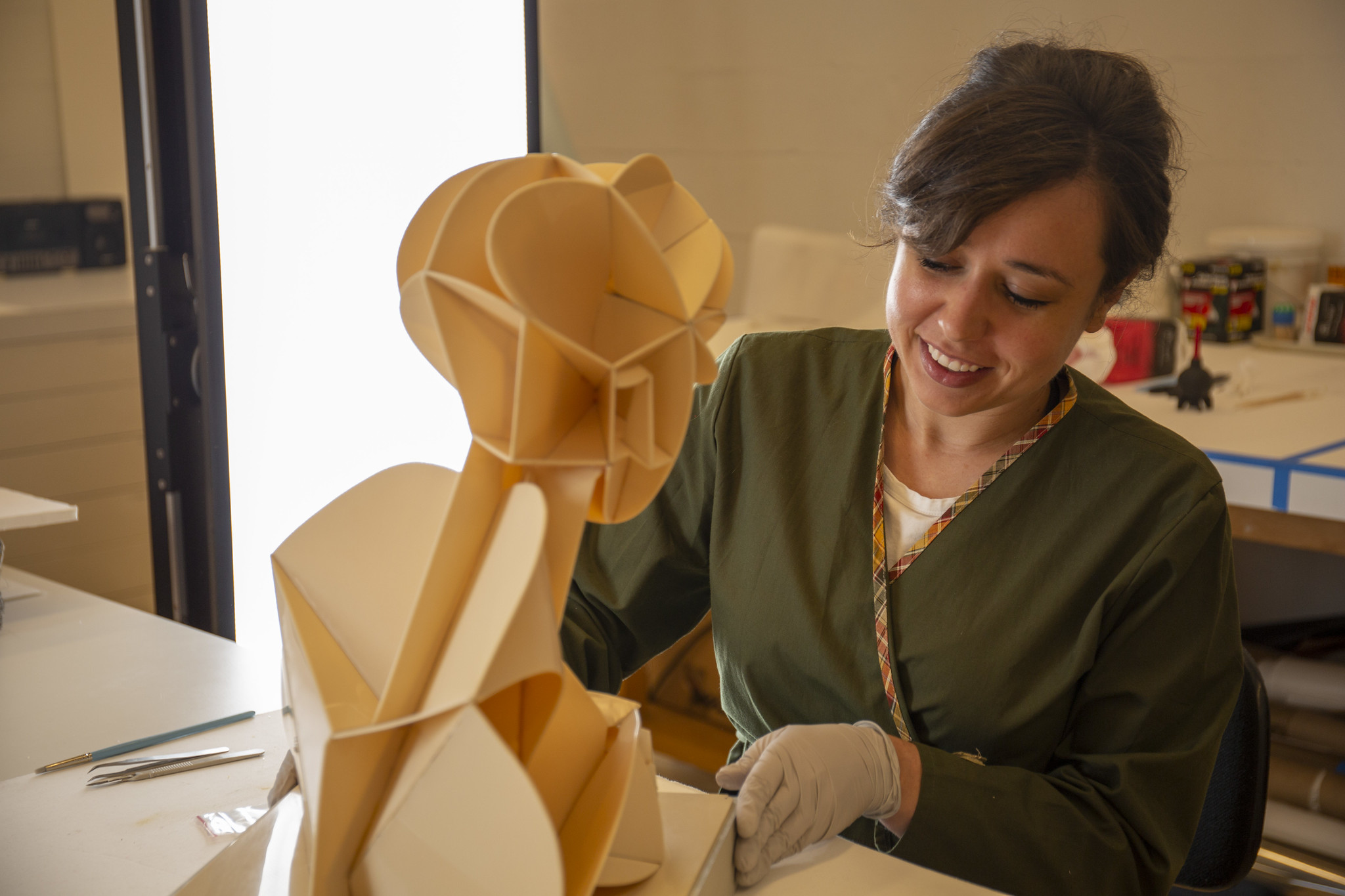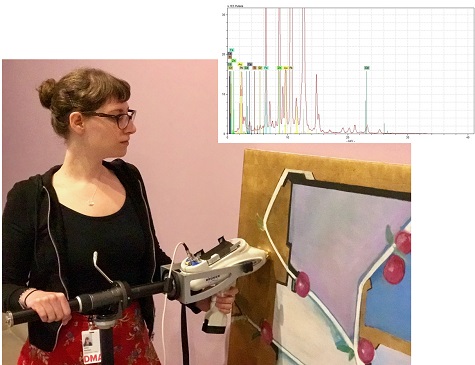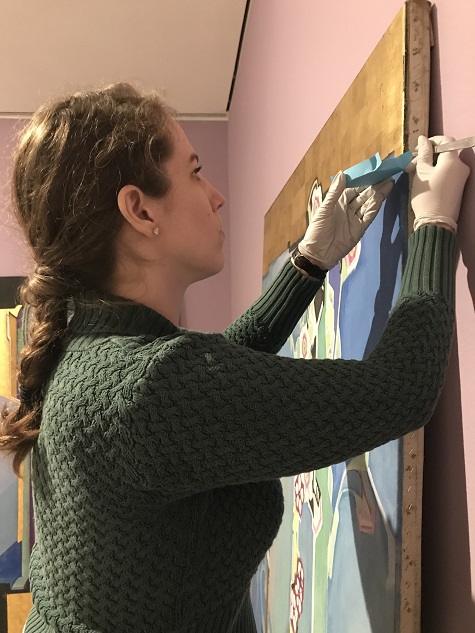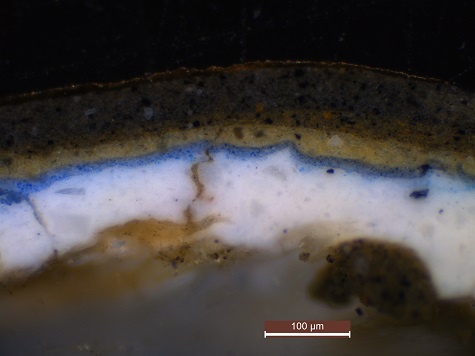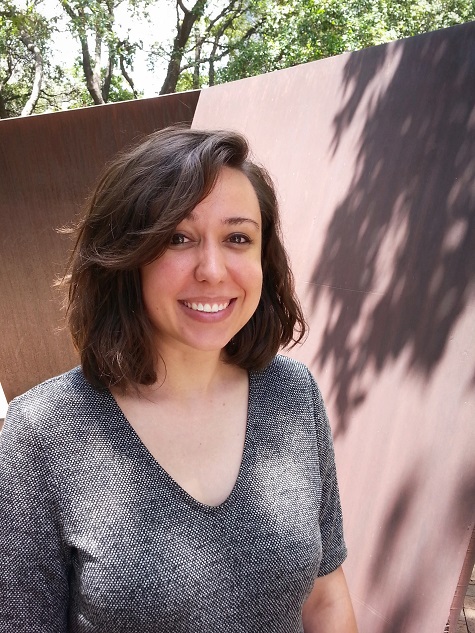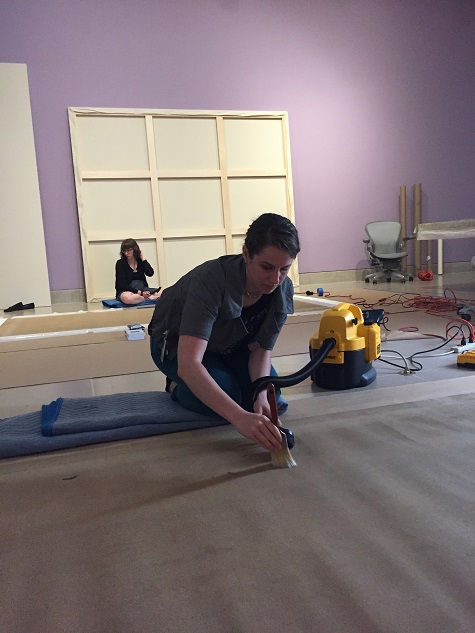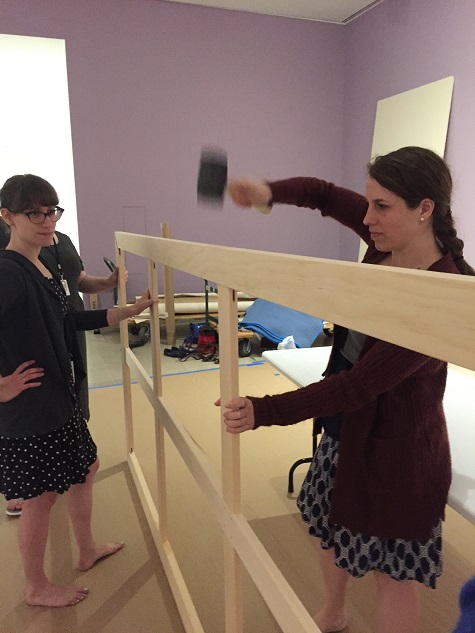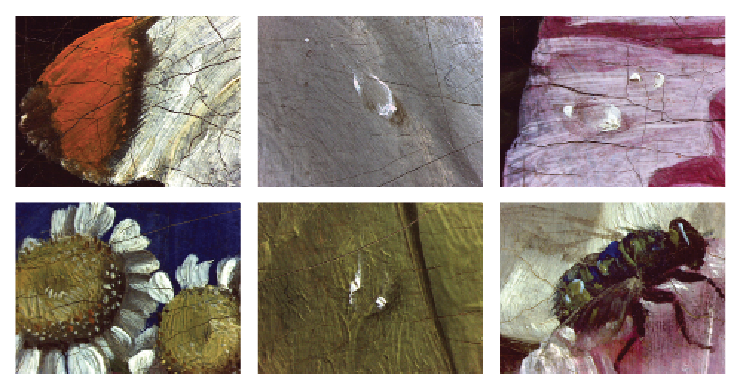
As the checklist was being developed for the recent reinstallation of the European Art Galleries, curator Dr. Nicole Myers consulted with the Objects Conservation Team about the DMA’s terracotta bust L’Alsace by French sculptor Albert-Ernest Carrier-Belleuse. This mid-19th-century sculpture had not been featured in our permanent collection galleries in over 10 years, and the re-envisioned gallery design, featuring recent bequests and a more in-depth narrative of European art history, was just the opportunity to review some of our holdings. When we assessed the sculpture’s condition, we agreed on a few issues that needed to be addressed prior to display. Though structurally sound, this sculpture needed some attention to increase the aesthetic legibility. The curatorial-conservation collaboration is an insightful joint investigation as both subject matter experts work together to best present a work of art to the public.
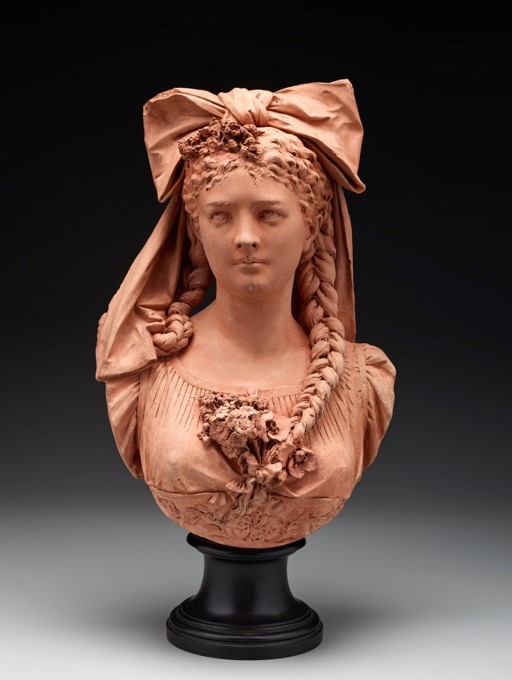
This captivating terracotta sculpture is a symbolic representation of an idealized young woman of the Alsace region—a politically charged cultural and historic area because governance passed back and forth between France and Germany from the Thirty Years’ War to World War II. Though it is unclear exactly when in the 19th century this bust was created, the Alsatian culture is a unique mix of French and German influences.
The subject’s elaborate hairstyle (crimped bangs and two long braids, also called “plaits” in the 19th century), a section of an embroidered traditional dirndl apron dress, and bunches of flowers at her chest and in her hair are all visual cues to amplify the allegory of femininity and nationality. In the mid-19th century, the societal fashion across the European countries celebrated elaborate and rather complicated hair, and even for a time, these crimped bangs. A woman’s crowning glory was her hair. Keep in mind, hairstyle codes for women differed with age and even marital status. And, in this sculpture, we also get a snapshot of the region.
To both increase the legibility of and focus the viewer on the sculpture’s attributes (both in subject matter and material appreciation), the goals were to give it a general cleaning and to minimize stains and discolored old repairs. The minor oily grime discolorations seen around the high-touch areas, such as the underarm area, were reduced mechanically with vinyl erasers. The deep interstices in the terracotta had accumulated layers of dust, darkening the recesses even further. Dust and some minor spots of mold were carefully removed with a selection of tools (soft brushes, swabs, and a HEPA vacuum with micro-attachments).
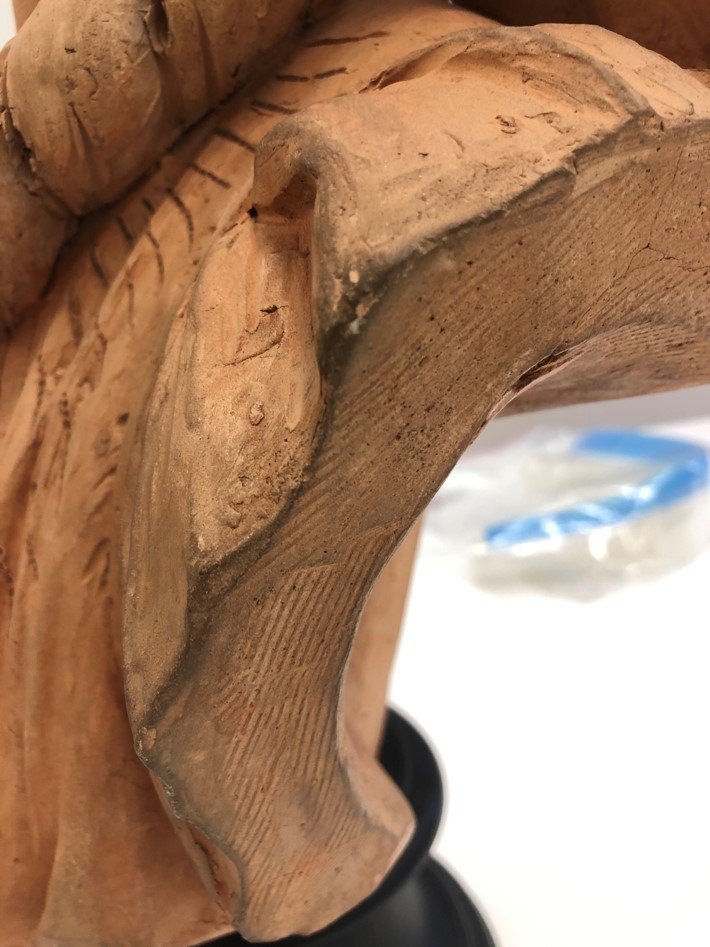
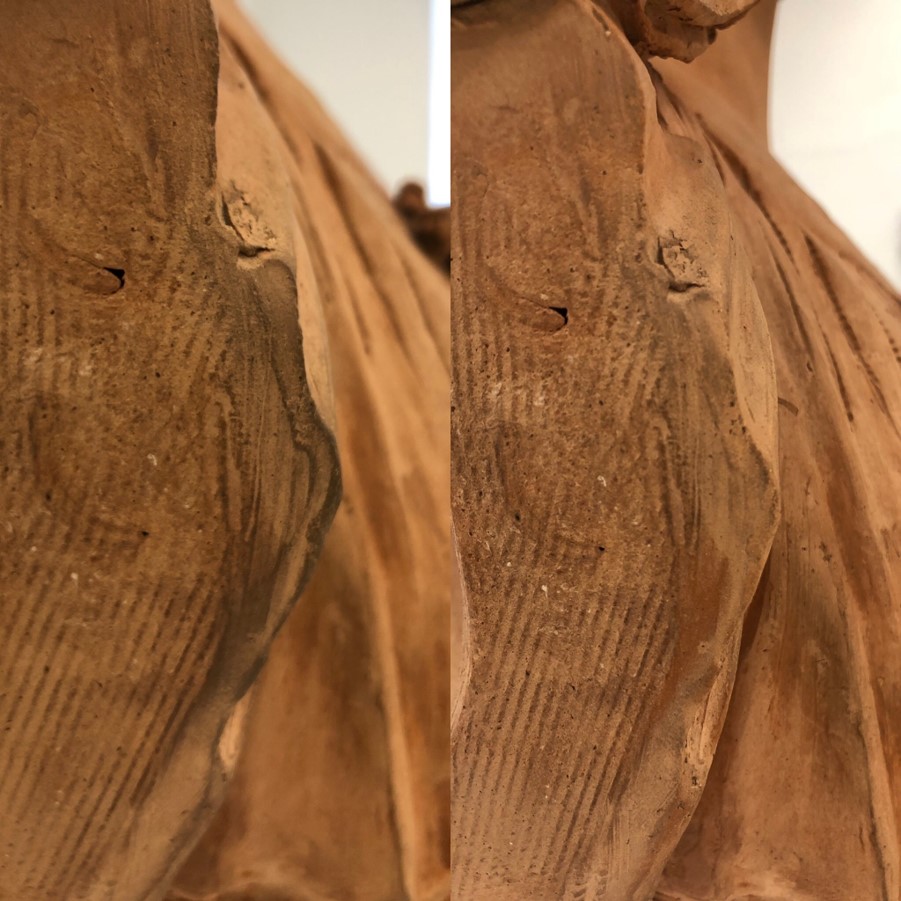
Unifying the appearance of a previous restoration (a large patched hole on the back of the sculpture) with the surrounding areas was the most time-consuming part of the treatment. This old restoration was still structurally stable but drew unnecessary attention because the old fill materials used did not match the terracotta. So, the areas were toned back with reversible conservation paints.
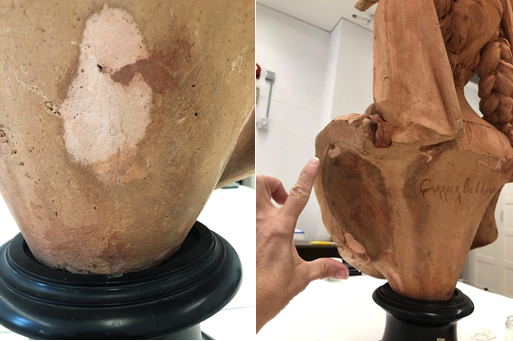

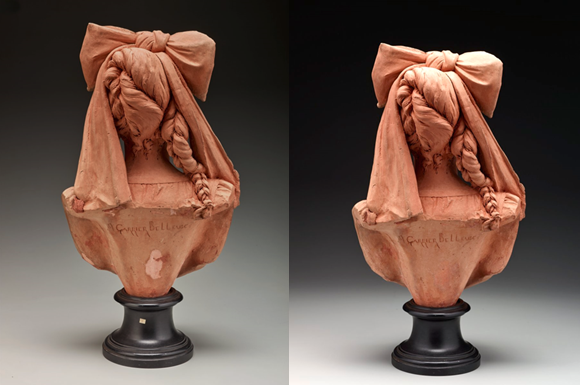
She is now on view, under an acrylic case for protection from dust and grimy hands, with each side visible and offering something interesting for the viewer. Please find this work in our virtual gallery and spend time appreciating its craftsmanship and how the terracotta clay was manipulated by the artist before firing. You can see the artist’s fingerprints in the flower petals at her chest, revealing the creative spontaneity during the working process. Notice her exquisite outfit depicting her regional identity but especially appreciate that large bow. She’s gorgeous—even more so now that she’s been cleaned and restored!
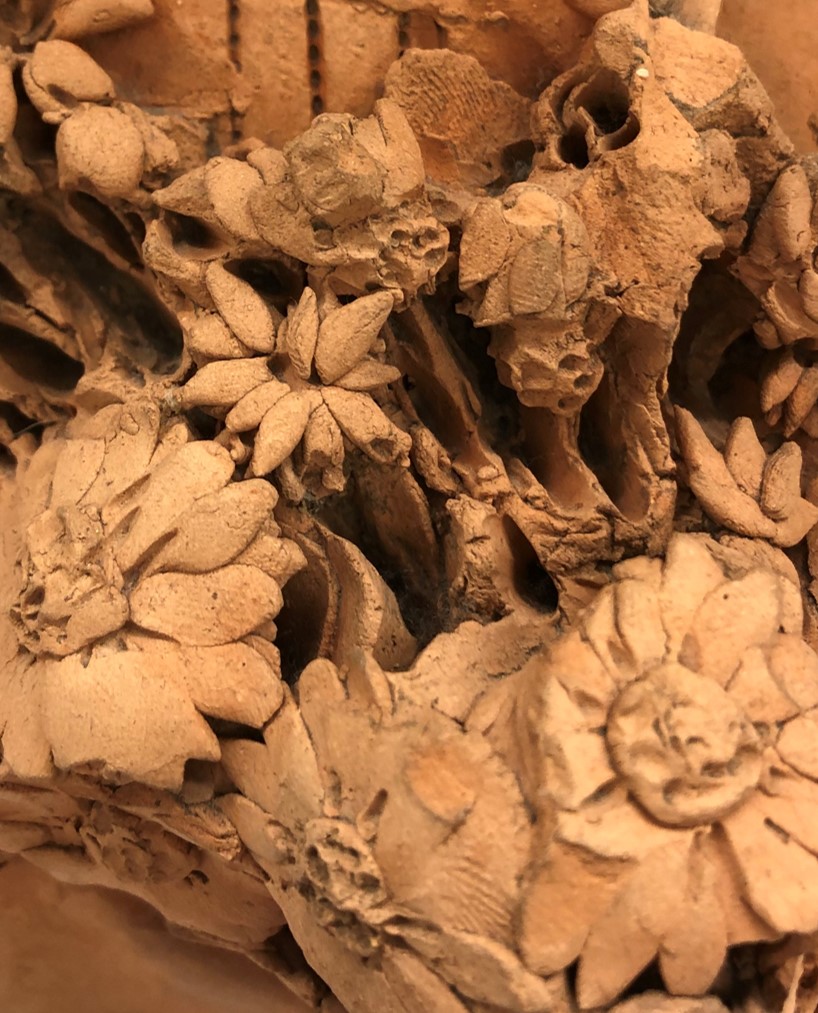
Fran Baas is the Interim Chief Conservator at the DMA.
